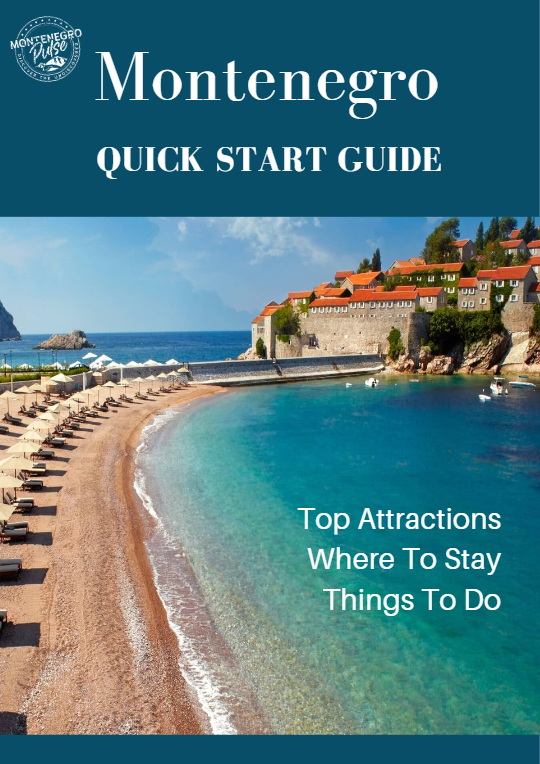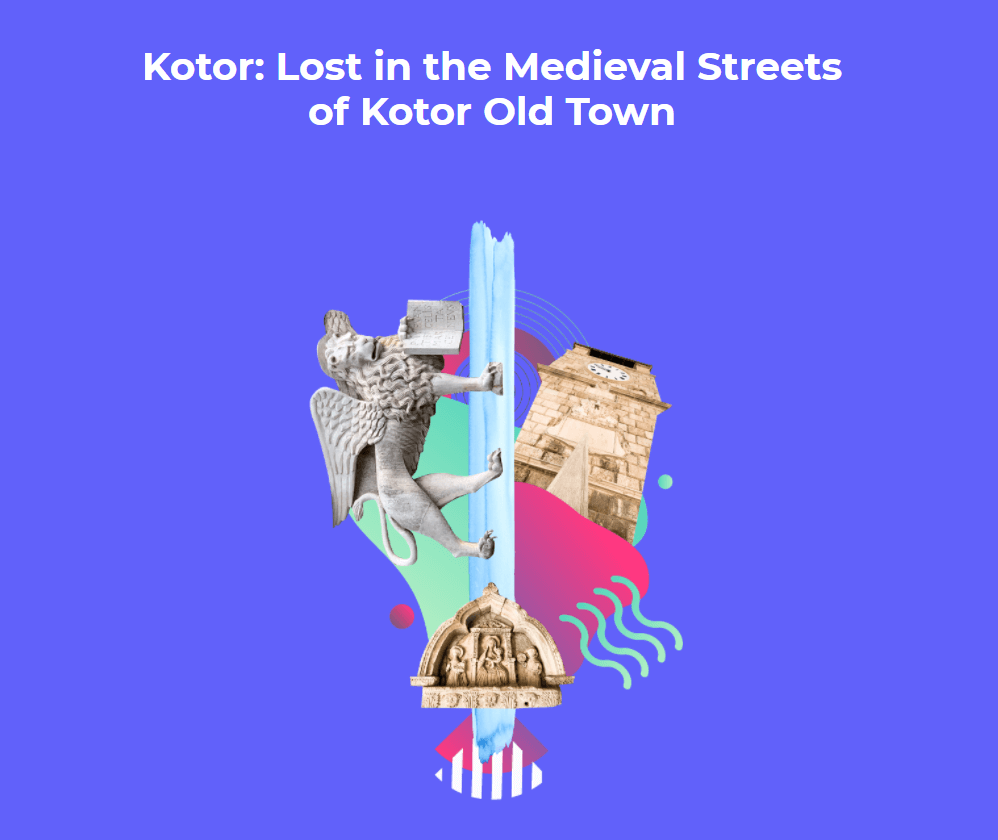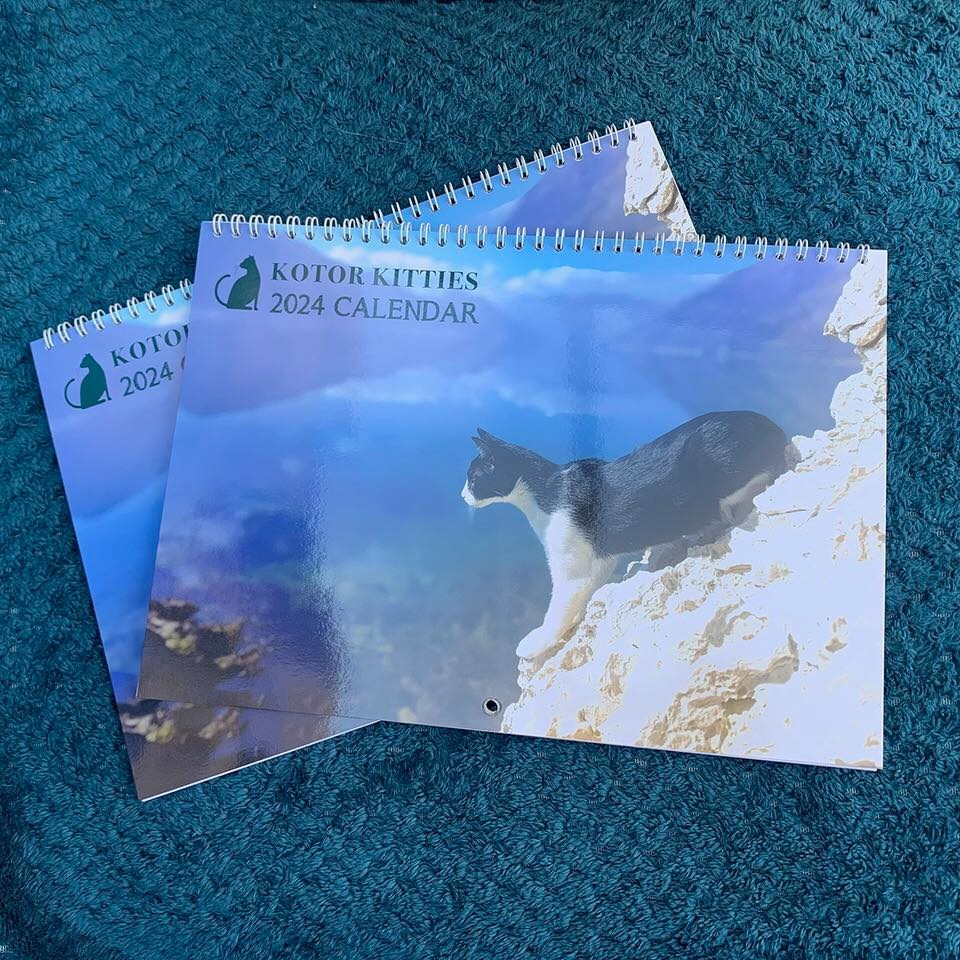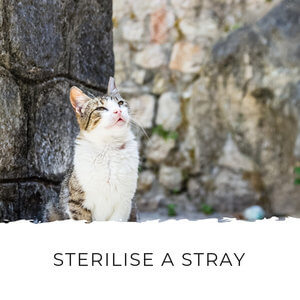Montenegro Pulse contains affiliate links and is a member of the Amazon Services LLC Associates Program. If you make a purchase using one of these links, I may receive compensation at no extra cost to you. See my disclaimer for more information.
Weather in Montenegro in March: What to Wear, What to Pack, and More Visiting Tips
BY SARAH
The weather in Montenegro in March is generally mild, and with no summer crowds to contend with, it’s a great time to visit Montenegro.
With temperatures around 15°C (59°F) and more settled sunny days, the coast is an ideal place for a laid-back trip.
Montenegro’s inland is usually much colder than on the coast, and the mountains might still be covered in snow. It’s still a good destination for spring skiing and day trips.
On this page, you will find information about what to expect in Montenegro in March weather-wise. You’ll also find out what to pack (including one important do-not-pack item!) and some ideas for the best things to do in Montenegro this month.
Typical Weather in Montenegro in March
Coastal Areas
- Average High in March: 16°C (61°F)
- Average Low in March: 8°C (46°F)
- Average Monthly Rainfall: Approximately 125 mm (4.9 inches)
- Average Sea Temperature in March: 14°C (57°F)
In March, the weather on the Montenegrin coast starts to warm up and we start to see the first signs of spring. Temperatures range from 8°C (46°F) in the early mornings to 16°C (61°F) during the day.
However, as you can see on the photo below, there's still snow on the mountains (you can see Lovćen National Park on this photo) which shows that it's still quite cold.
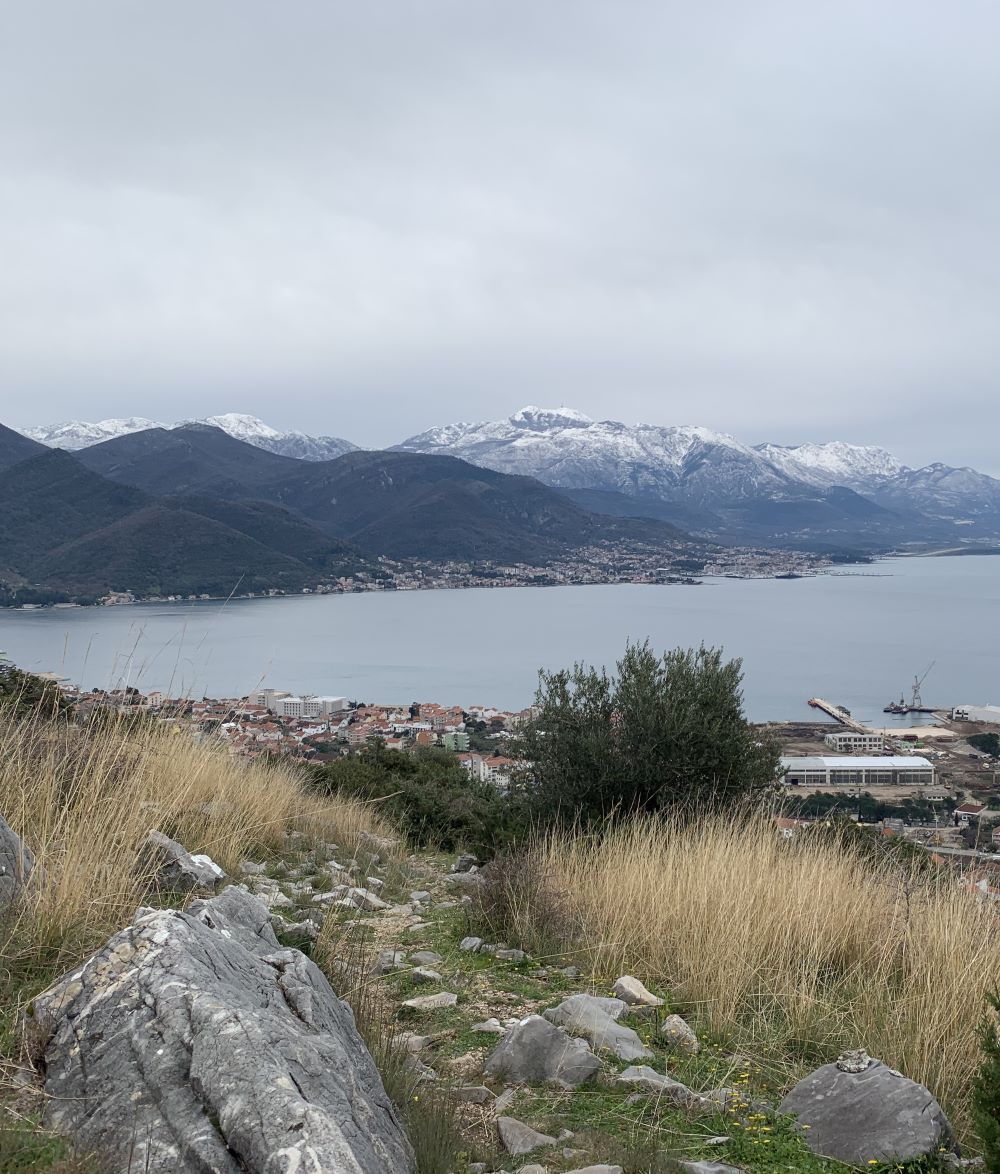 The Bay of Kotor in Montenegro in March
The Bay of Kotor in Montenegro in MarchThe warmer weather makes it a great time to explore the outdoors. Coastal towns like Kotor and Budva are top things to do when it’s sunny and warm.
I recommend taking a Kotor walking tour to see the best of the town. And if you’re up to it, you can hike up San Giovanni Fortress in ideal temperatures for incredible views of Kotor Bay.
When you’re done, blend in with the locals by enjoying a long coffee in the sun in an outdoor cafe (preferably in some stylish sunglasses if you want to blend in!).
Podgorica
- Average High in March: 17°C (63°F)
- Average Low in March: 6°C (43°F)
- Average Monthly Rainfall: Approximately 130 mm (5.1 inches)
In March, Podgorica welcomes the early signs of spring with warmer temperatures and more sunshine.
You can expect daytime highs around 17°C (63°F) and nighttime lows near 5°C (41°F). While the days are getting longer and warmer, evenings can still be cold and it still rains occasionally.
This pleasant weather is ideal for exploring Podgorica's outdoor attractions. You can take a city tour to see the highlights of the city. You can also take a day trip to nearby attractions like Ostrog Monastery and the hidden gem, Zeta Nature Park.
Northern Region
- Average High in March: 10°C (50°F)
- Average Low in March: -1°C (30°F)
- Average Monthly Precipitation: Approximately 170 mm (6.7 inches)
In March, Montenegro's northern region starts to transition from winter to spring, but it is still much cooler than on the coast. Temperatures begin to rise and range from about -1°C (30°F) at night to 10°C (50°F) during the day.
Snow still covers the mountains, but the lower areas might start seeing the first signs of spring thaw. Both Durmitor National Park and Biogradska Gora National Park are beautiful when covered with snow.
If you're into winter sports, head to Kolašin for some spring skiing. I love spending a long weekend at Bianca Resort and Spa in Kolašin for a laid-back, pampering mini vacation as we come out of winter.
What to Pack for March in Montenegro
Coastal Areas
In March, as the Montenegrin coast transitions into spring, your wardrobe should be versatile. Pack light layers that you can add or remove easily throughout the day because it can be over 20°C (68°F) in the sun, but closer to 10°C (50°F) in shady areas.
You’ll need a waterproof jacket in case it rains and a medium-weight jacket to keep you warm at night. You’ll also need comfortable walking shoes that can handle some rain.
Include a mix of long-sleeve and short-sleeve tops to adjust to the changing temperatures, and don't forget sunglasses for sunny days. A hat and light scarf are good for extra warmth if needed.
Packing List for the Coast of Montenegro:
- Waterproof jacket
- Medium-weight jacket for evenings
- Comfortable walking shoes
- Long-sleeve tops
- Short-sleeve tops
- Jeans or trousers
- Sunglasses
- Hat
- Light scarf
- Plug converter - I like this power strip converter that can handle several devices at once. It’s ideal for families bringing multiple devices!
- Travel insurance - this is a must when traveling to Montenegro. Not only will it cover things like lost luggage and flight delays, but more importantly, any medical issues that you might have.
Montenegro’s public health system is rather poor, so I always recommend going private if you have any issues while you’re here and travel insurance will cover that.
Having medical evacuation cover is essential in Montenegro because if you have any serious issues you may need to be transported to another country.
I like Safety Wing’s Nomad Insurance (you can buy it just for a trip) because it’s the best value and most comprehensive cover I’ve found so far.
What Not to Pack:
- Hair straightener/curling irons - In Europe, the voltage is 220, while in the US and Canada, it’s 110. Most electronic devices such as cell phones, laptops, and electric shavers are dual voltage by default, so you can use them with a simple plug converter.
Unfortunately, hair straighteners and curlers use very high wattage and do not usually come with a dual-voltage setting, which means they won’t work in Europe.
Or rather, you’ll fry your appliance and short-circuit your hotel room!
If you can’t use your own hair appliances, your best option is to bring a dual-wattage straightener that will work in Europe and North America.
Inland Regions
In March, Montenegro's inland regions are still feeling the tail end of winter, with cooler temperatures than the coast.
Dress in warm layers to adapt to the varying conditions. You’ll need a heavy jacket or coat for the colder mornings and evenings, and lighter layers for daytime activities.
You’ll also need waterproof and insulated footwear, especially if you're exploring areas with leftover snow or if you encounter spring showers.
I always bring a hat and gloves here, even in late spring because it can be cold. Sunglasses are handy for sunny days, and a scarf is great for extra warmth.
Packing List for Inland Montenegro:
- Heavy jacket or coat
- Warm layers (e.g., fleece or wool sweaters)
- Long-sleeved tops
- Jeans or trousers
- Waterproof and insulated footwear
- Warm hat
- Gloves
- Sunglasses
- Scarf
Top Things to Do in Montenegro in March
- Kotor walking tour: March’s spring sunshine is perfect for exploring Montenegro’s coastal towns like Kotor. Take a walking tour of Kotor without the crowds to see the best of the city and get to know its history. Find the best walking tours of Kotor here.
- Sveti Stefan: Sveti Stefan is another of my favorite places to visit in spring. Take a walk along the beach and through the forest park to the idyllic hamlet of Pržno. Discover what to see in Sveti Stefan here.
- Skadar Lake National Park: In my opinion, March is the best time to visit Lake Skadar National Park. The lake is teeming with new life and I love watching the ducklings on a boat cruise on the lake. Find out what to do in Lake Skadar National Park here.
- Mimosa Festival: Herceg Novi’s annual Mimosa Festival runs for two weeks and includes free fish and wine on the seaside in Baošići, a masked ball, wine and flower shows, concerts, and a carnival-type parade.
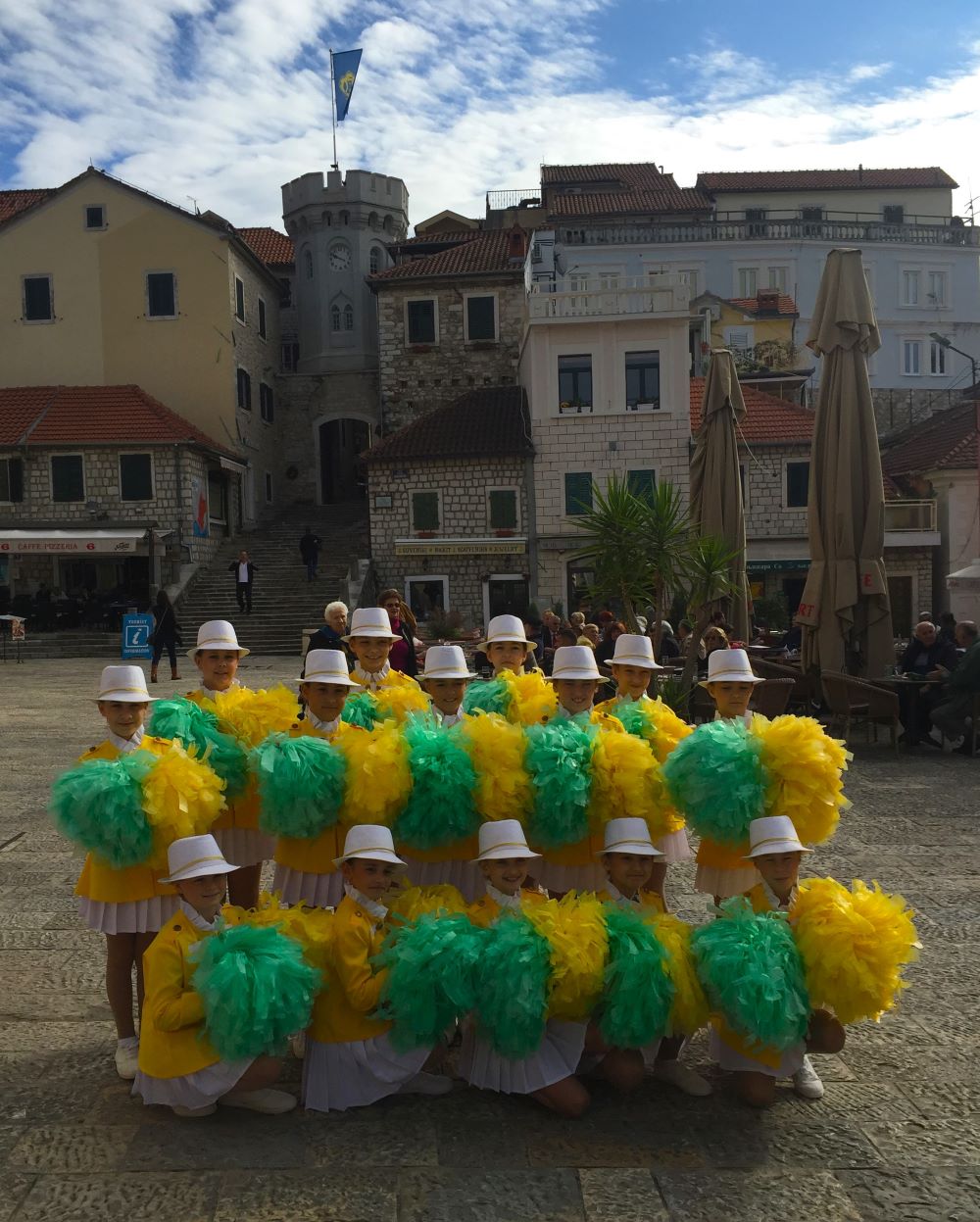 Marching girls at the Mimosa Festival in Herceg Novi
Marching girls at the Mimosa Festival in Herceg Novi- Spring skiing: Head to Montenegro’s top ski fields for some spring skiing. Savin Kuk near Žabljak and Kolašin 1450 and 1600 in Kolašin are Montenegro’s best ski fields for spring skiing.
- Kotor Bay Aquarium: This family-friendly attraction in Kotor is a great activity for rainy days. Inside, you’ll find small but beautifully curated displays of Kotor Bay sea life. The touch pool with rays is a highlight! Find out more about the aquarium here.
- Lipa Cave: Lipa Cave is a family-friendly attraction you can visit any time of year. Combine it with a visit to Cetinje, Montenegro’s old royal capital, and the national museums. Read more about visiting Lipa Cave here.
More Fun Things to Do in March
Hotel Deals
March is still low season in Montenegro, so it’s a great time to find some deals on accommodation. With few tourists around, you can count on discounted prices and potentially free upgrades on arrival.
Click the links below to visit Booking.com or VRBO to find a great deal and read recent guest reviews before you book.
Booking.com: Find great deals all over Montenegro for your upcoming stay!
Vrbo: Find a comfortable vacation rental through VRBO and feel more like a local. Find some great places to stay on VRBO here.
- Home
- The Climate of Montenegro
- Weather in Montenegro in March



